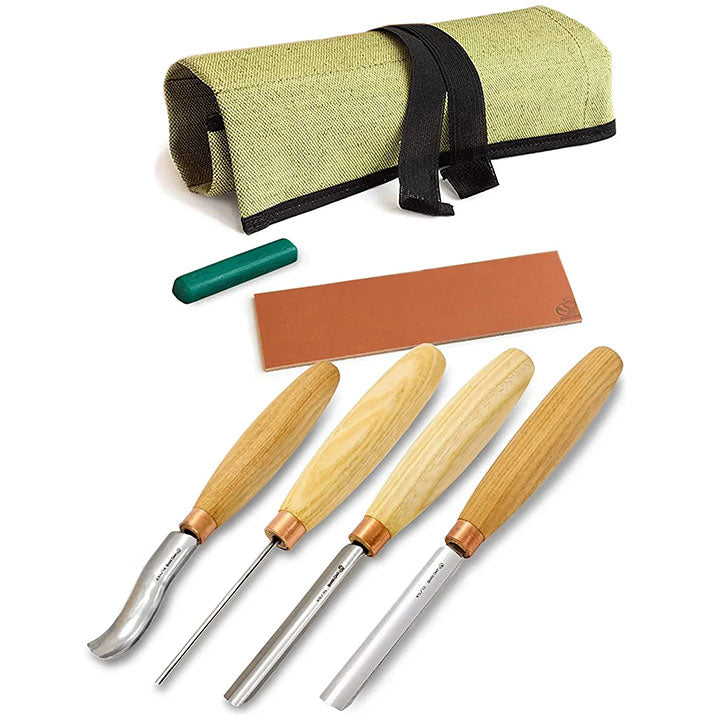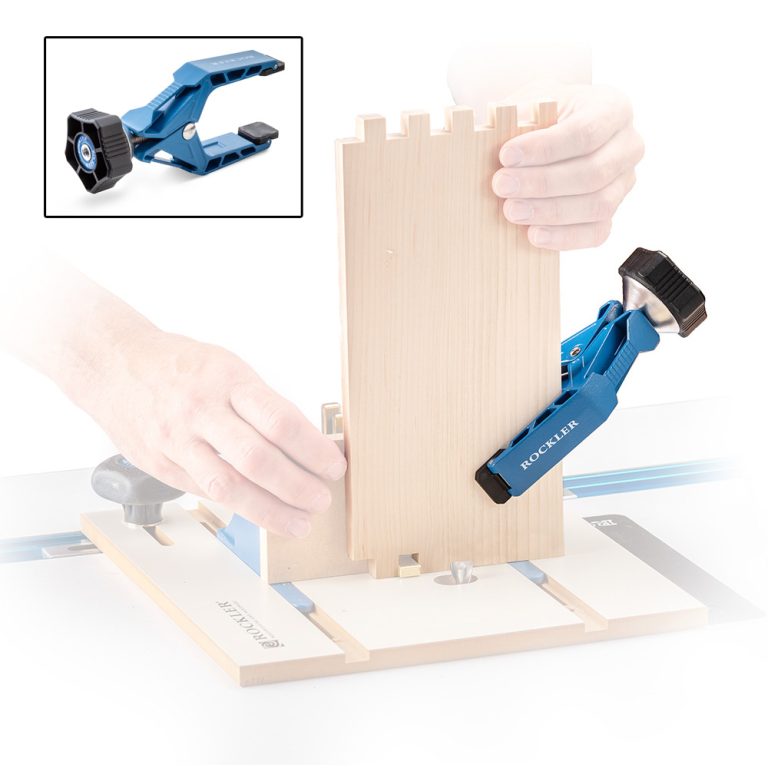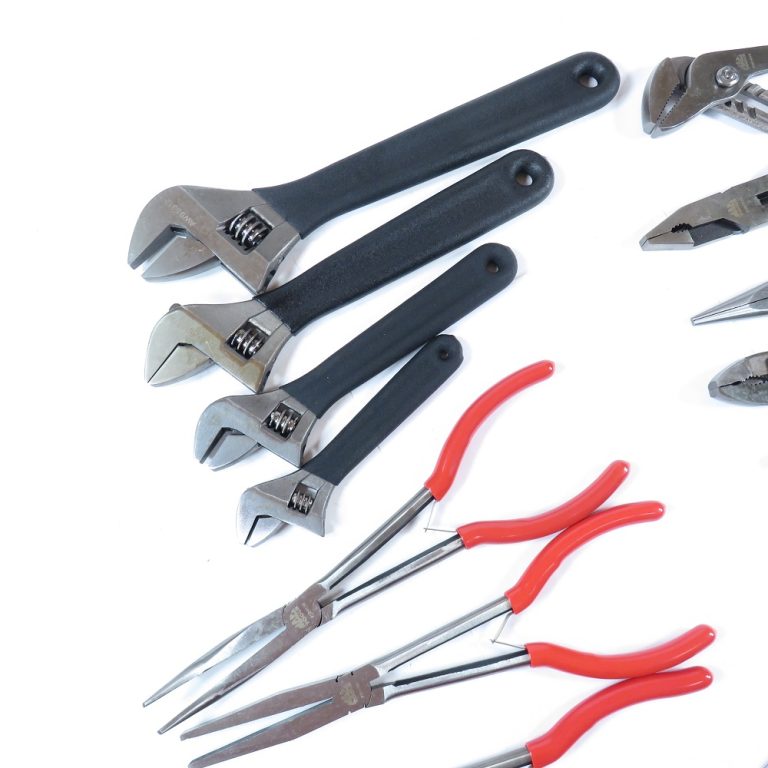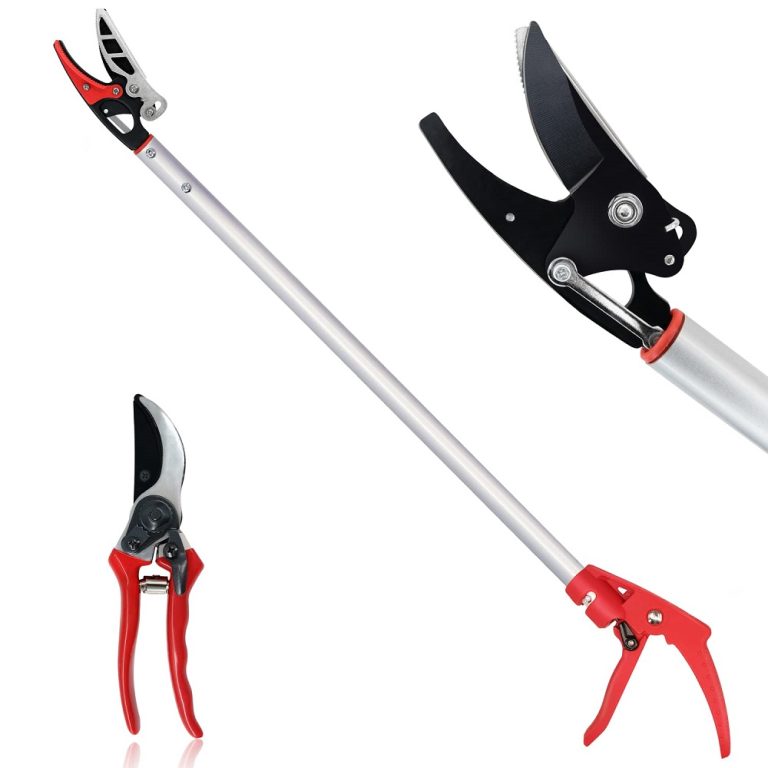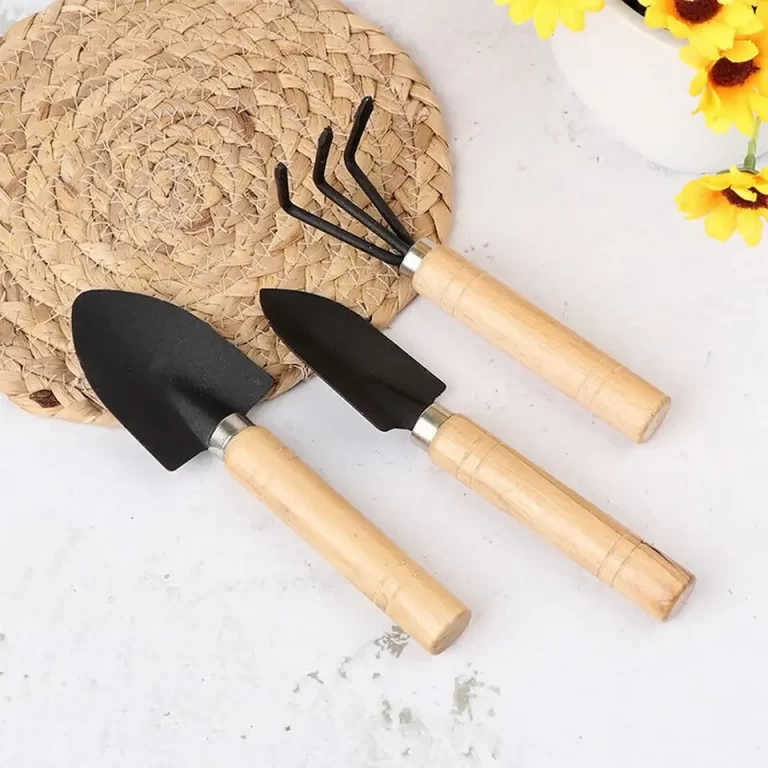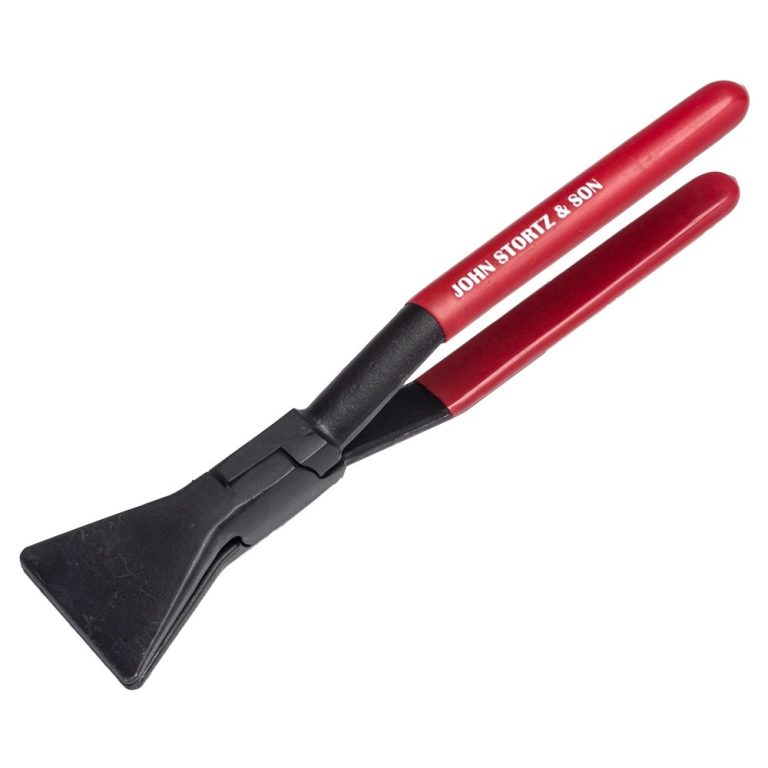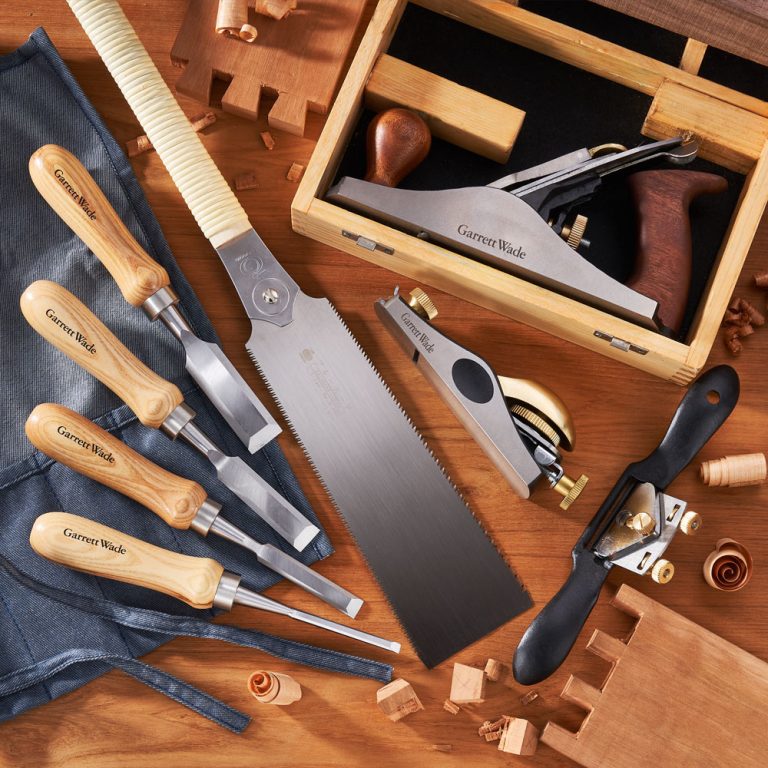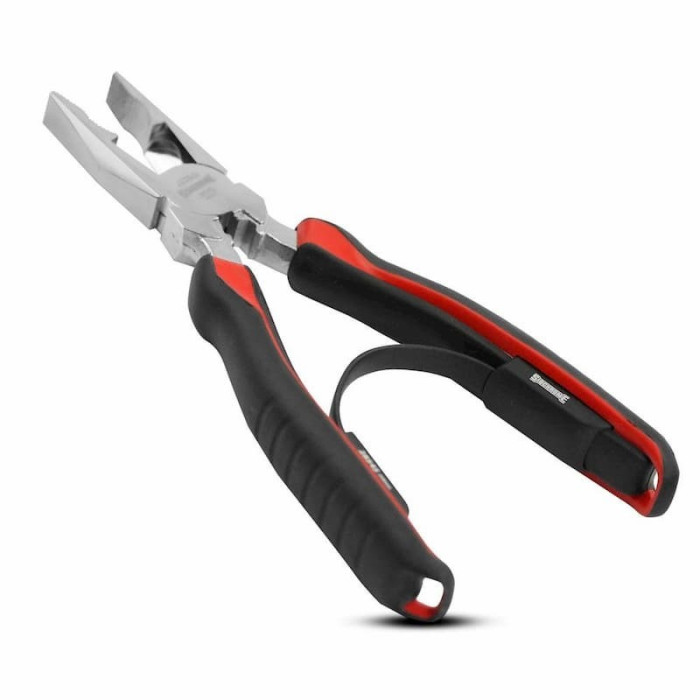Introduction to Carving Tool
Understanding the Art of Carving
Carving is a timeless art form that has been practiced for centuries across various cultures. Skilled artisans and hobbyists use carving tools to create intricate designs and functional items from wood, bone, stone, and other materials. Whether crafting decorative sculptures or practical objects, the choice of carving tools is crucial to achieving the desired results. Understanding the essence of carving helps in selecting the right tools that cater to different techniques and projects.
The Importance of Quality Tools
Quality carving tools make a significant difference in both the ease of use and the final outcome of your projects. Tools that are well-crafted and designed specifically for carving allow for precision, control, and comfort during use. Investing in a quality set of carving tools enables you to explore various techniques and produce high-quality work that reflects your skills. On the contrary, low-quality tools can lead to frustration and unsatisfactory results, emphasizing the importance of selecting the right equipment.
An Overview of Carving Tool Types
Carving tools come in various shapes and sizes, designed for specific purposes. Common types include chisels, knives, gouges, and specialized tools that cater to different materials and styles. Each tool serves a unique function, and understanding these differences can help you choose the most appropriate set. This comprehensive guide will explore the various tools available, along with tips for selecting the best set for your carving projects.
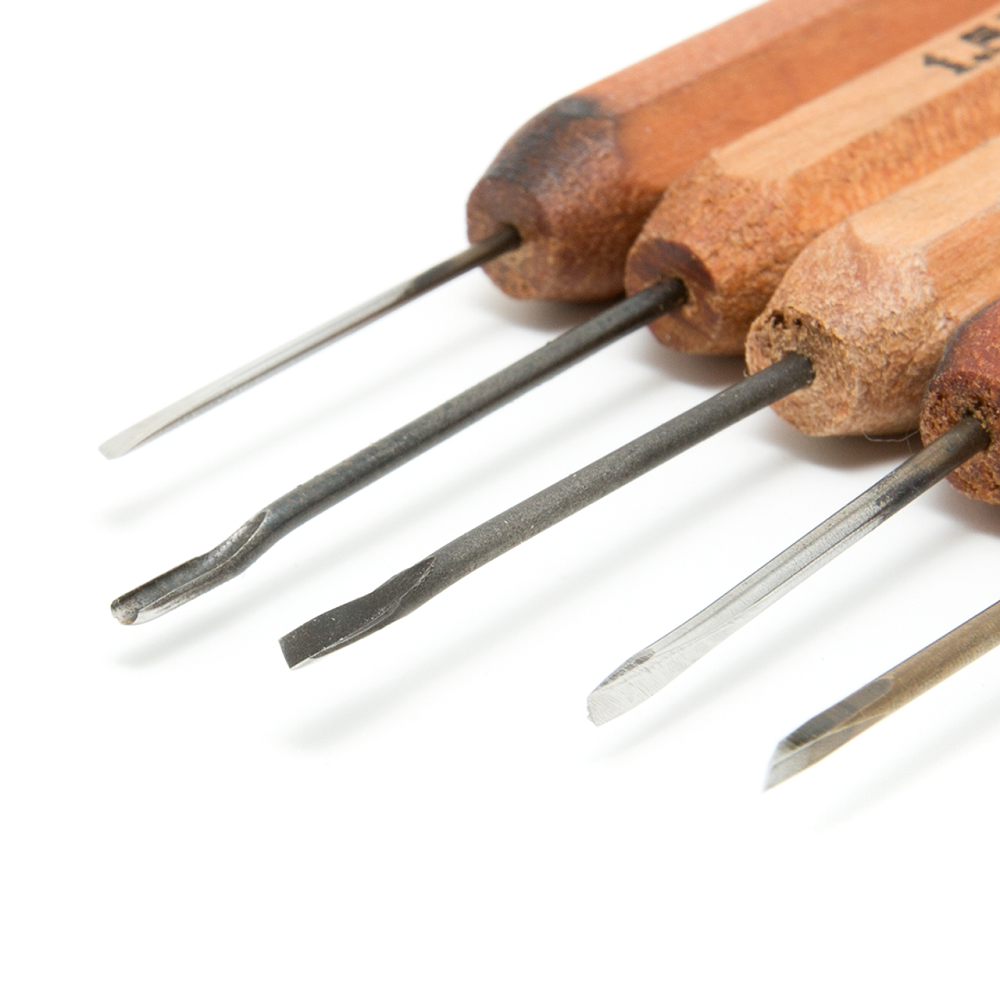
Types of Carving Tools
Chisels: The Essential Carving Tool
Chisels are a fundamental tool for any carver. They have a sharp blade and a handle designed for striking. Chisels come in various sizes and shapes, enabling you to create different types of cuts, from detailed lines to wider grooves. It is crucial to choose chisels that feel comfortable in your hand since control and precision are essential in carving.
Gouges: Curved Blades for Unique Shapes
Gouges are characterized by their curved blades, allowing for deeper cuts and shaping. They come in various sweep shapes, including U-shaped and V-shaped profiles, designed to create rounded or concave surfaces. Gouges are indispensable for sculpting and detailing work, making them a go-to tool for intricate designs. Choosing the right sweep and curvature can greatly enhance your artistic capabilities.
Knives: Versatility in Carving
Carving knives are versatile tools used for various tasks, from whittling to detailed trimming. They are usually lighter and provide excellent control, making them ideal for fine work. A good carving knife should fit comfortably in your hand and maintain its sharp edge. Different blade shapes, such as straight, hook, or detail knives, serve specific purposes, so having a variety in your toolkit can enhance your carving projects.
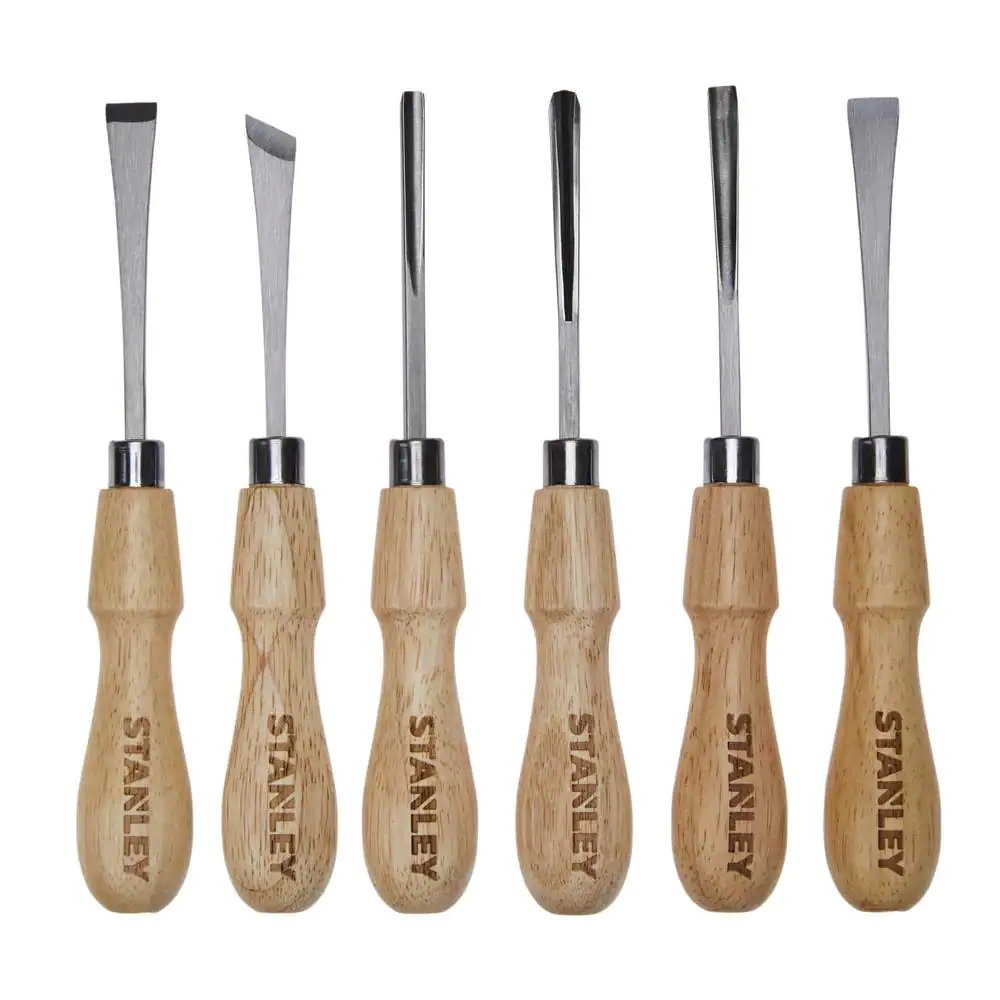
Selecting the Right Tool Set
Assessing Your Carving Needs
Before purchasing a carving tool set, it’s vital to assess your specific needs and the types of projects you intend to undertake. Consider what materials you will be carving, the complexity of your designs, and your experience level. Beginners may prioritize versatility and ease of use, while advanced carvers might seek specialized tools for more intricate techniques. Understanding your requirements will guide you in choosing a set that supports your carving ambitions.
Researching Brands and Quality
When selecting carving tools, researching different brands and their reputations for quality is essential. Established brands often have a track record of producing reliable tools that stand the test of time. Reading reviews and testimonials from other users can provide valuable insights into the performance and durability of specific tools. Investing in well-known brands may lead to better results and greater satisfaction with your tools.
Comparing Tool Sets
When it comes to carving tools, you will find various sets available on the market. Compare these sets based on the number of tools included, the variety of types, and the quality of materials used. Some sets might include a selection of chisels, gouges, and knives, while others may focus on one type. Assessing your comfort with each tool and understanding which ones you will use most frequently can help you make an informed decision. It’s often better to have a smaller, high-quality set than a larger collection that lacks effectiveness.
The Materials Used in Carving Tool
Steel Types and Hardness
The quality of steel used in carving tools significantly impacts their performance and longevity. High-carbon steel is commonly preferred for its hardness and ability to take a sharp edge. It can hold its sharpness longer than other steels but requires regular maintenance to prevent rust. Stainless steel options require less upkeep but may not hold an edge as long. Understanding the differences in steel types helps you choose tools that suit your workload and maintenance preferences.
Handle Materials for Comfort
The handles of carving tools are crucial for comfort during use. Common materials include wood, plastic, and composite materials. Wooden handles provide a traditional feel and can offer a good grip, while plastic handles are usually lightweight and can withstand wear better. Composite materials offer a blend of durability and comfort. Choosing a handle that feels comfortable in your hand and provides a secure grip can significantly improve your carving experience.
Manufacturing Processes
The manufacturing processes used to create carving tools can also vary. Tools made using traditional methods, such as hand-forging, often feature a level of craftsmanship that enhances their quality. Mass-produced tools may offer affordability, but they may not provide the same level of precision. Understanding how tools are made can provide insights into their durability and performance, aiding in your decision-making process.
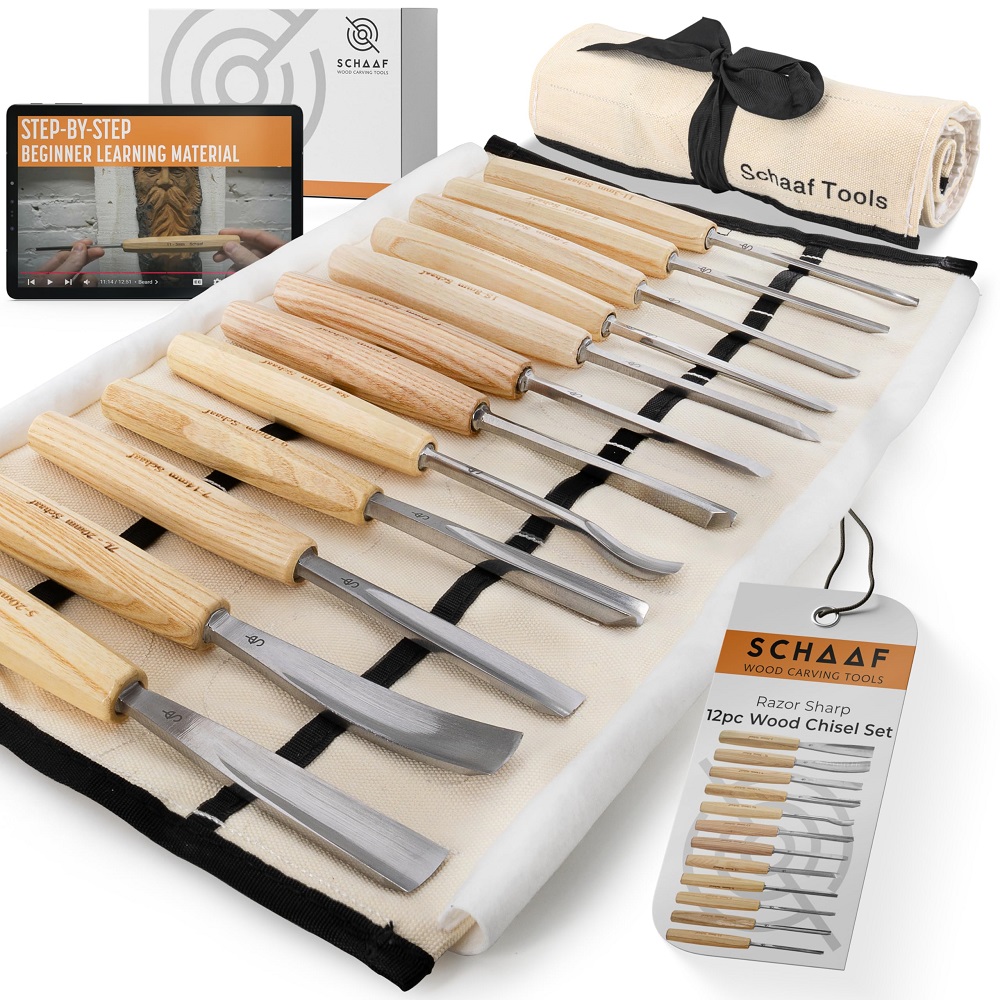
Techniques for Using Carving Tool
Proper Grip and Handling
Mastering the grip and handling of carving tools is essential for effective carving. Hold the tool firmly yet comfortably, allowing for precise control. Your grip should provide enough pressure without causing fatigue. Positioning your hands correctly will enable fluid movements and prevent injuries. Practicing different grips can help you find the most comfortable and effective method for each tool type.
Understanding Cutting Angles
The angle at which you hold and use your carving tools can significantly impact the results. Understanding cutting angles will enhance your precision and ability to achieve finer details. For instance, tilting a chisel at specific angles allows for deeper cuts or finer lines, depending on your intended effect. Experimenting with angles during practice can help you become more adept at using your tools effectively.
Safety Precautions for Carving
Carving can present risks, so safety is of utmost importance. Always use tools on a stable surface, ensuring that your workpiece is secure. Wear protective gloves to prevent cuts and a dust mask for safety while sanding or working with particles. Additionally, always cut away from your body to avoid accidents. Establishing a safety routine will help you enjoy your carving projects while minimizing the risk of injury.
Maintaining Your Carving Tool
Regular Cleaning Practices
Keeping your carving tools clean extends their lifespan and ensures optimal performance. After each use, clean the tools to remove wood shavings, dust, and resin buildup. For metal parts, wiping with a soft cloth is often enough, while wooden handles may require wiping with a damp cloth. Regular maintenance helps prevent issues that could affect your work.
Sharpening Techniques
Keeping your carving tools sharp is essential for effective work. Dull blades can lead to frustration and inefficient cutting. Different sharpening methods exist, including whetstones, honing rods, and grinding wheels. Each method has its merits depending on the type of tool and the desired sharpness. Assess how frequently you need to sharpen your tools based on your workload and usage to maintain their efficiency.
Storage Solutions
Proper storage is crucial for maintaining the quality of your carving tools. Consider investing in dedicated tool rolls, boxes, or racks to keep your tools organized. Storing tools securely prevents damage, such as dents or blade dulling. Ensure that tools are dry before storage to prevent rust. A clean and organized workspace contributes significantly to an enjoyable carving experience.

The Role of Carving Tool in Various Industries
Woodworking and Furniture Crafting
In the woodworking industry, carving tools are essential for creating intricate designs in furniture and home decor. Skilled carpenters and artisans use these tools to enhance the aesthetic value and functionality of wooden pieces. Whether for decorative carvings on cabinets or creating unique patterns on tabletops, carving tools play a fundamental role in producing high-quality wooden products.
Culinary Arts and Food Presentation
Carving tools extend beyond traditional woodworking; they are also prevalent in the culinary arts. Chefs and food enthusiasts use specialized carving knives to create beautiful presentations for fruits, vegetables, and meats. The artistry involved in food carving enhances dishes and engages the senses. As food presentation becomes increasingly important in culinary trends, the demand for quality carving tools in this field grows.
Cultural Significance in Art and Craft
Carving tools hold cultural significance in various communities worldwide. Many cultures have rich traditions of carving, creating unique art pieces and functional items deeply rooted in their heritage. Tools that are passed down through generations carry not just stories but also techniques and craftsmanship. Understanding the cultural aspects of carving contributes to appreciating the art and the tools that make it possible.
FAQ:
1. What types of carving tools are essential for beginners?
Answer: Essential carving tools for beginners typically include wooden chisels, a whittling knife, a carving knife, a detail knife, and a gouge. These tools cover various projects, from simple whittling to more detailed wood carving. As beginners progress, they may consider adding specialty tools like V-tools and fishtail chisels.
2. How do I choose the right carving tools for my projects?
Answer: To choose the right carving tools, consider the type of projects you plan to undertake. For general wood carving, a basic set with a variety of chisels will suffice. For projects like intricate details or relief carving, look for tools with fine tips. Also, consider the material of the tools, as high-quality steel blades hold their edge better and are more durable.
3. What is the difference between carving knives and chisels?
Answer: Carving knives are typically used for shaping and removing material with slicing motions, making them ideal for detail work and whittling. Chisels, on the other hand, are designed for carving with controlled force, often used in conjunction with a mallet to remove larger sections of wood. Each tool serves distinct purposes and is important for different tasks in the carving process.
4. How do I maintain and sharpen carving tools?
Answer: Maintaining and sharpening carving tools is crucial for effective carving. Regularly clean tools after use to prevent resin buildup. To sharpen, use a whetstone or a specialized sharpening system, maintaining the correct angle for the blade. Honing after each use helps keep the edge sharp. Store tools in a dry place to prevent rust, and consider oiling wooden handles to maintain their condition.
5. What safety precautions should I take while using carving tools?
Answer: Safety is paramount when using carving tools. Always use sharp tools, as dull blades require more force and can slip, leading to injuries. Wear protective gear, such as gloves and safety goggles, when necessary. Keep your workspace clean and organized to avoid accidents. Furthermore, carve away from your body and maintain good posture to minimize the risk of injury.
Conclusion: Choosing the Right Carving Tools for Your Needs
Identifying Personal Carving Goals
In conclusion, selecting the best carving tools involves understanding your personal carving goals. Consider the types of projects you want to tackle, your skill level, and the materials you will use. A thoughtful approach to choosing tools can lead to greater enjoyment and satisfaction in your carving endeavors. Aiming for well-rounded tools that offer versatility and comfort can enhance your carving experience.
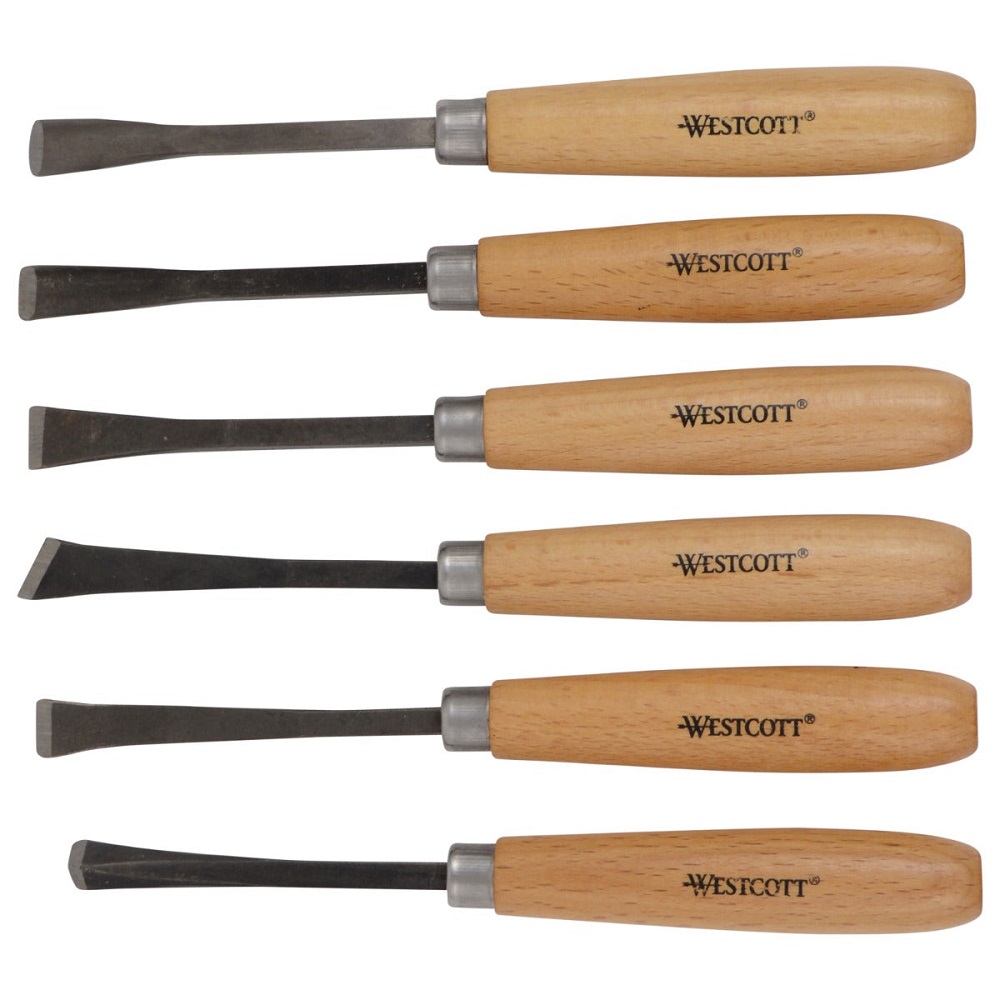
Investing in Quality
Investing in quality carving tools pays off in the long run. High-quality tools yield better results, improve efficiency, and provide an enjoyable crafting experience. As you become more skilled, you will appreciate the difference that quality tools make in achieving your artistic vision. Prioritize quality over quantity to build a collection that serves you well.
Embracing the Joy of Carving
Ultimately, the journey of carving is about exploring creativity and expression. The tools you choose, such as affordable carving tool sets for woodworking, can significantly influence your experience, making it essential to select the right set for your needs. As you embark on this journey, embrace the learning process and relish the satisfaction that comes from shaping something beautiful. These carving tools will serve as trusted companions, helping you bring your artistic visions to life while honing your craft and developing your skills.
